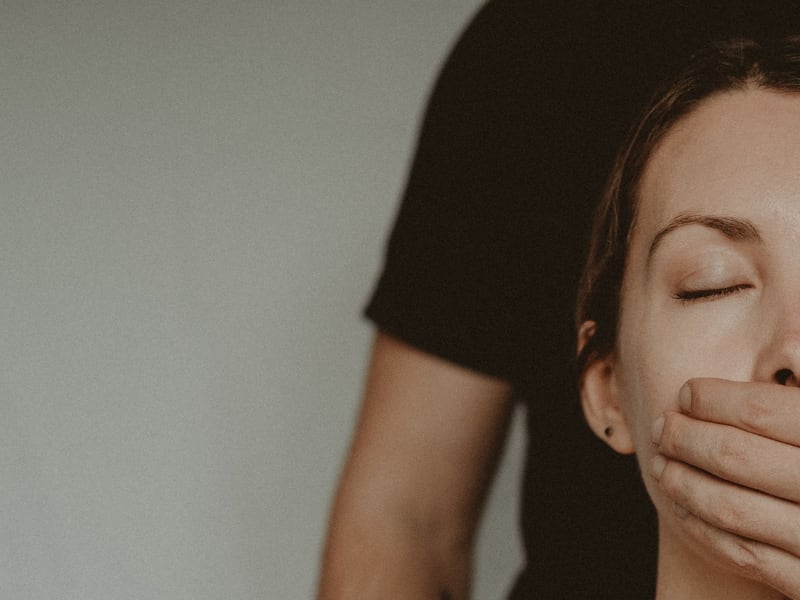Is Corroboration of Evidence a Legal Requirement in a Sexual Harassment Claim?
by Preveena Ravindra Kumar ~ 24 February 2022
Traditionally, those who have been slapped with an allegation of sexual harassment tend to rely heavily on the notion of ‘corroboration of evidence’ and the emphasis that there must be someone else to corroborate the complainant’s version of the events in order for it to be validated.
On the surface, this seems unproblematic as it is arguably unsafe and/or dangerous for the court to make a finding solely on the evidence of the complainant alone, as the majority of sexual harrassment claims are cases of ‘one to one contest’, which would involve the word of the complainant against the word of the accused.
However, following the Federal Court Case of Mohd Ridzwan Abdul Razak v. Asmah Hj Mohd Nor [2016] 6 CLJ 346 (“Mohd Ridzwan”), it is now trite law that the absence of corroboration does not defeat a complainant’s allegation of sexual harassment. To this end, the Federal Court recognized that the acts of sexual harassment are usually initiated in private settings where there is unlikely to be any eyewitnesses to verify the act of harassment.
Instead, the Federal Court was of the view that the learned judge who presides over the matter is at a more advantageous position and has the audio-visualsuperiority to arrive at a factual finding based on the available evidence (but subject to the long-standing rule of the litigant establishing his case on a balance of probabilities).
Moving forward, corroboration of evidence is no longer a legal requirement in cases of tort of sexual harassment, though like in any civil case the rule of evidence must be stringently upheld.

